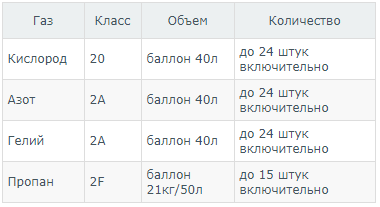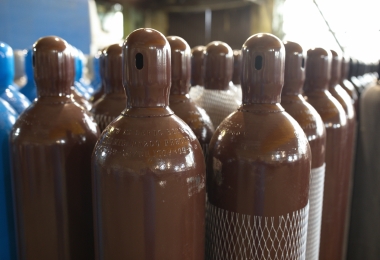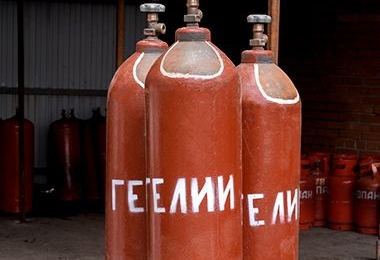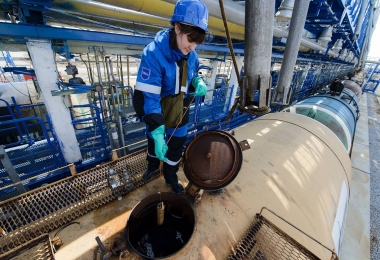Moscow region, Odintsovo
st. Soyuznaya, 7
info@techmedmsk.ru
Storage and transportation of helium
Storage and transportation of helium
Helium in a gaseous state can be transported by any means of transport, adhering to the rules of transportation in force for a particular mode of transport. Helium is transported in brown cylinders made of high-quality steel and in special containers. Helium in a liquid state is transported in containers of the STG-40, 10, 25 type, designed for 40, 10, 25 liters, respectively.
Rules for the transportation of technical gas in cylinders
The transportation of technical gases is regulated by the following regulatory documents of the Russian Federation:
– “Rules for the carriage of goods by road” (as amended by Orders of the Ministry of Transport of the Russian Federation No. 37 and No. 77 of 11.06.1999 and 14.10.1999, respectively; registered with the Ministry of Justice of the Russian Federation on 18.12.1995 under No. 997);
– “European Agreements on the International Carriage of Dangerous Goods by Road”, to which the Russian Federation joined in April 1994 in accordance with the Resolution of the Cabinet of Ministers of the Russian Federation No. 76 of 03.03.1994;
– Article 23.5 of the “Traffic Regulations”, which regulates the procedure for the carriage of dangerous goods;
– article 12.21 (part 2) of the “Code of Administrative Offenses of the Russian Federation”, which provides for the level of responsibility for violation of the rules for the transportation of dangerous goods, according to which the driver is fined from 1 to 3 minimum wages or deprivation is made for a period of 1 to 3 months the ability to drive a vehicle;
– in addition, Article 12.21 establishes the need to pay a fine up to 20 times the minimum wage by the official who committed the violation.
In accordance with the provisions of this regulatory document, the Rules do not apply to the transportation of small quantities of hazardous substances in a vehicle, the transportation of which is considered to be the transportation of non-hazardous goods. The document also clarifies that limited cargo volumes are determined by the requirements for the safe transportation of specific types of substances.
To determine the limited volume, you can use the requirements of the European Agreement on the International Carriage of Hazardous Substances. Thus, the problem of determining the maximum number of goods that can be transported as non-hazardous is reduced to studying the provisions of section 1.1.3. of this document, which regulates the procedure for exemptions from the rules of the European Community for the transport of dangerous goods related to various reasons.
Clause 1.1.3.1. of this document indicates that its provisions do not apply for the carriage of dangerous goods by an individual if the goods are intended and packaged for retail sale and personal consumption, domestic use, for sports purposes and leisure, provided that the necessary measures are taken to prevent the loss of the substance during transportation.
At the same time, the document formally recognizes a group of seizures of dangerous goods – exemptions related to the number of items, containers, transported in one vehicle.
According to the generally accepted classification, gases belong to the second class of substances. Non-toxic and non-combustible gases (oxidizing and neutral) are classified in the third transport category, with the maximum amount limited to 1,000 units. The second group of gases (flammable substances) is limited to a maximum of 333 units. The unit in this case is 1 liter of the capacity of the container containing the compressed gas (1 kg of dissolved or liquefied gas). Thus, in accordance with the requirements, the following maximum amount of gases can be transported in one vehicle as a non-hazardous cargo:





